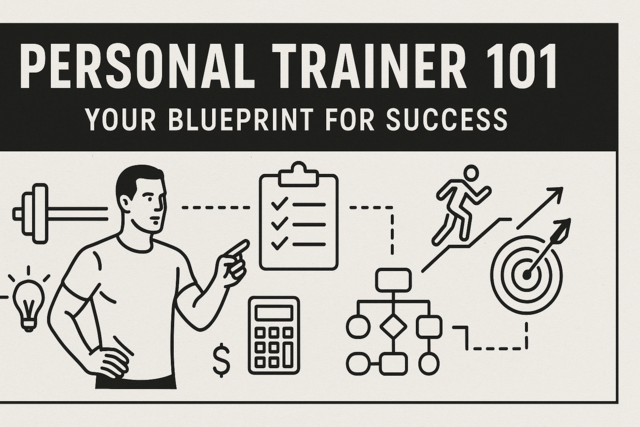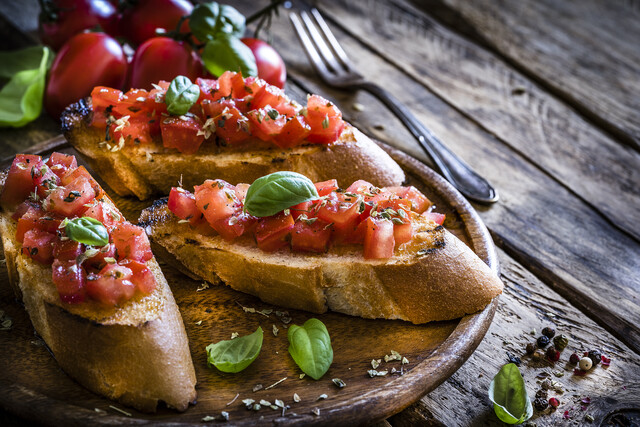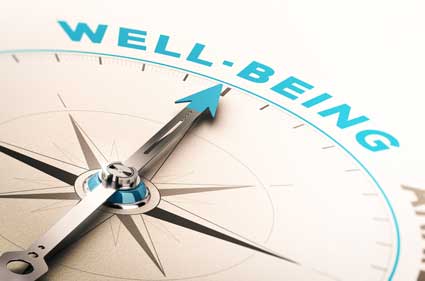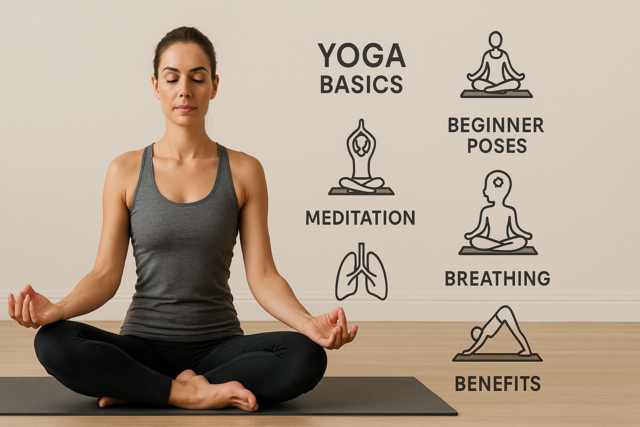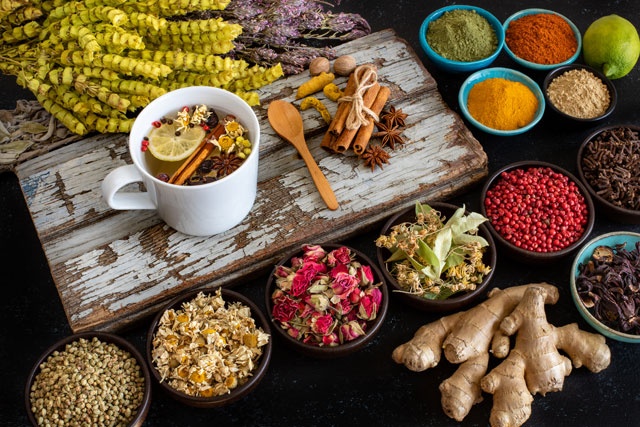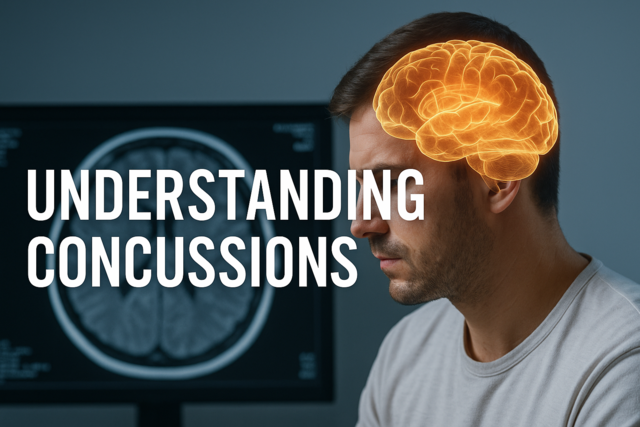*Become familiar with digestive organs.
*Outline how pizza is digested in our digestive system.
*Read how we break down fats and proteins.
*Learn how we absorb nutrients.
*Take a fun quiz to look at our health habits.
Section 1: Introduction
Digestion is an important part of nutrition, because our body breaks down the food we eat and uses the nutrients for energy. Then we can use this energy for neat stuff like running, walking, working -- or even petting our cat.
Let's pretend we ate two pieces of pizza with our favorite meat and veggie toppings. I'll guide you through the digestion process of what happens to our two pieces of pizza.
The alimentary canal (where the pizza will go) starts from the mouth and goes to the esophagus, stomach, small intestine, large intestine, and anal canal. The accessory organs (organs that help the alimentary canal) are the salivary glands, liver, gall bladder, and pancreas. Let's start with the mouth and see what happens to our delicious pizza.
A note before we begin. What is peristalsis? Peristalsis is the movement when a ring of contraction occurs in the alimentary canal. That'll move our pizza right along!
Section 2: How food is digested
- Mouth
Digestion begins in the mouth when we bite into our yummy pizza. We chew the pizza with our teeth, breaking it up. We add moisture to the broken-down food with our saliva. Saliva also has an enzyme, called amylase, to help break down carbohydrates. Our bite of pizza is turned into a round piece, called a bolus. Then we swallow the pizza and it goes down the esophagus.
- Esophagus
Our piece of pizza, which is now turned into a bolus, goes down our collapsible pipe called an esophagus. Our esophagus is about 10 inches long, and connects our mouth to our stomach. The bolus moves along the esophagus with the peristalsis movement.
- Stomach
Our pizza then continues to our pouch-shaped organ, the stomach. The stomach receives the pizza from the esophagus and mixes it with gastric juice. The pepperoni or Canadian bacon -- the protein -- will start to be digested in the stomach. A limited amount of absorption in the stomach can occur (mostly water, salt and some lipid-soluble medications). Then the pizza is then called chyme, and is moved along to the small intestine.
- Pancreas
The pancreas is a long, soft gland, behind the stomach. This is the organ that secretes digestive enzymes into the opening of the small intestine, so that our pizza can be digested. The carbohydrates, proteins and fats from our pizza can then be broken down. There are different pancreatic juices for different nutrients from our pizza.
5. Gallbladder
The gallbladder is a small, pear-shaped organ that sits near the liver. The liver makes bile, which is stored in the gallbladder for later use. These bile salts will help with the digestion of any fats from the pizza. The bile will join the pancreatic juices in the small intestine.
- Liver
The liver is the largest gland in the body and has many jobs to do. As far as helping digest our pizza, the liver produces bile to help break down fats from the pizza. Also, the liver breaks down carbohydrates and proteins and makes them into fat molecules. Our body will carry these fat molecules, which will travel to our adipose cells, where we store the fat molecules from our pizza.
- Small intestine
The peristalsis movement moves the pizza into the small intestine. The small intestine is a long, tubular organ where lots of absorption of nutrients takes place. The small intestine is quite long � perhaps 18 to 20 feet!
After receiving our pizza in the small intestine, pancreatic juices and bile from the gallbladder will join in to help digest the pizza. The nutrients from the chyme (the pizza) will be digested and absorbed in the small intestine. The small intestine has little, tiny structures called villi. The villi are where nutrients are absorbed in the small intestine.
- Large intestine
The large intestine is a large canal, but not quite as long as the small intestine. The remainder of the chyme from the pizza will arrive in the large intestine. Water and electrolytes are absorbed. The large intestine stores any remainder of the food, which is now feces, until it's time for the feces to be eliminated.
Section 3: How food is absorbed
- Carbohydrate digestion
The digestion of carbohydrates begins in the mouth, with the addition of amylase from our saliva. The digestion of carbohydrates is completed in the small intestine from enzymes from the intestinal mucosa and pancreatic juices. The carbohydrates are broken down into monosaccharides. These monosaccharides are absorbed by the villi in the small intestine. The monosaccharides are then diffused into the blood stream, so our body can use the molecules where they are needed.
- Protein digestion
Protein digestion starts in the stomach, where it is partly broken down with stomach juices. Protein digestion is completed in the small intestine with enzymes from the small intestine and pancreatic juices. Large protein molecules are broken down into molecules called amino acids, which are then absorbed into the villi of the small intestine. The molecules are then carried away by the blood and used where our body needs them.
- Fats
Fat molecules are mostly digested in the small intestine by intestinal mucosa and pancreatic juices. Fat molecules go through a process that turns them into chylomicrons, which are then absorbed by the villi of the small intestine. Chylomicrons are then transported in the blood. The molecules are then stored for later use, or used right away for energy to do fun things, or work!
Conclusion
In this lesson, we pretended we ate some yummy pizza and discovered how pizza is digested in our body. We outlined our different digestion organs and what job each organ has in digestion. We saw what happens with carbohydrates, proteins, and fats when they are broken down and absorbed in the body to be used or stored.
Now we know how our body breaks down nutrients and uses those nutrients for energy or energy storage. Next, we can learn what foods are most nutritious for us, and what benefits these nutritious foods have. In Lesson 3, we will learn what benefits fruits and vegetables have for our health, and how we can include fruits and vegetables in our daily diet.
Begin to notice the small, positive changes you make with your nutrition and health. You're on the road to taking better care of your health and taking better care of you!
Exercise (Optional):
This exercise is optional since it takes some time to do.Here's a quiz to compare your biological age with your real age. Take the quiz at: http://www.growyouthful.com/gettestinfo.php?testtype=quizb (You might have to cut-and-paste this link into your browser to participate).
Do not worry if the results surprise you, or if the advice at the end of the quiz is overwhelming. It's a generalized quiz to encourage you to include healthy habits to improve your health. Just pick one or two things to do to improve your health for right now.
Of course this advice is generalized, so do what's right for you. The advice at the end of the quiz advises to have a dog. If you can have a dog and love dogs, that's great. If not, then perhaps a cat or following other advice is better for you.
*Learn some health benefits of eating fruits and vegetables.
*Review some ways to include more fruits and vegetables in your daily routine.
*Review how many servings of fruits and vegetables are the minimum to eat.
*Outline how much is in a serving of fruit or vegetable.
*Practice choosing fruits and vegetables, making a grocery list, and preparing fruits and vegetables.
Section 1: Introduction
Welcome to Lesson 3. In this lesson, you will learn some of the benefits of eating fruits and vegetables. Sometimes even though we know fruits and vegetables are good for us, it's hard to include them in our daily activities. When people lose interest in fruits or vegetables, or just are not in the habit of eating enough of them, it can be difficult to start eating plenty of fruits and vegetables. In this lesson, we will discuss some ways to include fruits and vegetables in our eating habits.
Once we include fruits and vegetables in our daily lives, we need to know the best ways to prepare them, especially vegetables. We can prepare fruits and vegetables in ways that preserve more of the nutrients that we need. After all, that is one of the significant reasons for eating fruits and vegetables.
In the last lesson, you took the quiz that Dr. Roizen and Dr. Oz created to see how you can make improvements for your health, and reviewed your nutrition and health goals. In this lesson, I will give you some real examples of ways to improve your health. Keep your nutrition and health goals in mind, and see how incorporating fruits and vegetables coincides with your goals. It's ok to rearrange or change your goals, too. It's your health and you are in control!
As you read this lesson, refer back to your nutrition and health goals. See what changes you can make at the present time. It's easiest to make small, changes to your diet and health. Small, easy changes are also more likely to be kept as habits in the future.
Continue to practice improving your diet and health each day. Refer back to your goals each day as well, and tell yourself how well you are doing! Give yourself a pat on the back for any small successes or positive changes.
If you have a difficult day when you do not follow your goals, do not worry about it and simply continue the next day with your goals. Perhaps you forgot to eat vegetables, or you feel guilty about eating two candy bars. Not to worry. As long as you are working toward your goals, that's the main thing. Start right off the next day with nutritious and healthy habits.
Section 2: Benefits of Fruits and Vegetables
1. Fruit, Vegetables, and Healthy Heart
There has been a lot of research done that suggest a diet that includes plenty of fruits and vegetables lowers the risk of heart disease and stroke. High blood pressure and cholesterol often can lead to heart disease and stroke. Eating plenty of fruits and vegetables seems to keep blood pressure and cholesterol in the healthy ranges, so that there is a lower risk of heart disease and stroke.
Fruits and vegetables can work in multiple ways to lower blood pressure and cholesterol. For one thing, filling up on fruits and vegetables reduces people's consumption of meat, dairy and other foods that raise cholesterol and blood pressure. It also is thought that the soluble fiber from fruits and vegetables blocks the absorption of cholesterol from food.
- Fruit, Vegetables, and Cancer Prevention
There are many factors that contribute to developing cancer. Smoking, drinking too much alcohol, overexposure to sunlight, genetic factors, and lack of exercise are all factors that may cause cancer. However, eating plenty of fruits and vegetables can play a significant role in preventing cancers. See how much control you have on your health!
There are many studies about eating fruits and vegetables to prevent cancer. For instance, eating cruciferous vegetables, like broccoli, has been shown to lower rates of bladder cancer. Spinach and beets have been associated with decreased rates of colon and rectal cancers. This is because spinach and beets are high in folic acid, and folic acid is thought to lower these cancers. Lycopene, which is in tomato sauce, seems to help prevent prostate cancer. This is not an exhaustive list of how fruits and vegetables can prevent cancer. You can research the benefits of your favorite fruits and vegetables, if you'd like.
- Fruit, Vegetables, and Eye Care
Eating fruits and vegetables help improve and maintain vision. Studies have shown that people who eat dark green, leafy vegetables have better eyesight and protection from cataracts and macular degeneration.
A cataract is the gradual clouding of the eye's lens, which damages vision. Macular degeneration is when the center of the retina in the eye is damaged, causing blindness. Other factors can contribute to these two eye diseases, such as bright sunlight, cigarette smoke, air pollution, or infections. Dark green, leafy vegetables contain lutein and zeaxanthin, two nutrients that kick out the free radicals caused by these challenges. So as you can see, eating your vegetables can help your sight!
- Fruit, Vegetables, and Gastrointestinal Care
Another benefit of eating fruits and vegetables is improved gastrointestinal health. That means your digestion and elimination will go a lot smoother. Fruits and vegetables have a lot of insoluble fiber. This insoluble fiber acts like a sponge, soaking up water, so that the digested food in your intestines will have an easier time moving through.
Section 3: Incorporating Fruits and Vegetables in our Diet
People have different reasons for not eating fruits and vegetables. Perhaps they eat on the run, are in the habit of eating high-fat foods, such as chips, or assume they do not like fruit or vegetables. Here are some tips you may want to use to include more fruits and vegetables in your daily diet:
*Decide or remind yourself which fruits and vegetables you prefer. If you try to eat fruits and vegetables that you like more, you are more likely to eat them. Or perhaps you want to try a new fruit or vegetable.
*Write these fruits and vegetables on your shopping list. Adding fruits and vegetables to your shopping list will help you remember to buy them in a busy grocery store. When you buy fruits and vegetables and bring them home, you are more likely to eat them, since they will be easily available.
*Try substituting high-fat snacks, such as ice cream or chips, with fruit or vegetables. Perhaps you would like fresh or dried fruit to snack on, or you can cut up veggies and use your favorite dip. Try drinking 100 percent fruit juice, instead of soda. If you miss the fizz, try adding club soda to the juice.
*Pack a piece of fruit or cut-up veggies in your backpack or briefcase.
*Add fruit to your breakfast by drinking a fruit smoothie, adding fruit to cereal, or drinking some orange juice.
*If you don't like to spend a lot of time preparing dinner, find vegetables that are easy to prepare, such as vegetables that can be steamed or microwaved.
*Drinking fruit or vegetable juice can be an easy way to add a fruit or veggie to your daily routine.
*Add extra veggies to spaghetti sauce, soups, or sauces.
*Add some flavor to your veggies. You might want to add garlic and onion, lemon juice, a small amount of olive oil, or dried herbs, such as oregano, thyme, parsley, or rosemary. Some people like to add a small amount of cheese. Another idea is low-salt soy sauce or teriyaki sauce.
1. Servings
Choose a variety of fruits and vegetables. Eat a variety of colors of fruits and vegetables. If you do not have time to eat fresh fruit and vegetables, buy a variety of frozen, canned, and dried fruits and vegetables.
How much fruit and vegetables should we eat? Some experts say at least five servings a day. Some say five to nine servings a day. Note: Potatoes are counted as a starch, not a vegetable.
What is a serving? A serving of fruit is one medium-sized fruit, � cup juice, or � cup cooked or canned fruit. A serving of vegetables is 1 cup raw, leafy vegetable (about the size of your fist), � cup cooked or sliced vegetable, or � cup vegetable juice.
2. Ways to Prepare Fruits and Vegetables (to help keep nutrients)
The best way to eat fruits and vegetables with the most nutrients is to eat them raw. For instance, a smoothie or salad uses raw fruits and vegetables. Here are some other ways to help retain nutrients in your vegetables:
*Use fresh vegetables right away. If you are too busy to eat fresh vegetables right away, then buy frozen vegetables. Frozen vegetables are packaged in such a way that they retain a lot of the nutrients. Canned vegetables are okay, as long as you buy the kind without too much added salt.
*Rinse your vegetables before you cook them, but do not soak them. If you soak them, you will lose some of the nutrients.
*Microwaving vegetables loses fewer nutrients than boiling them. If you boil or steam vegetables, keep the lid on to retain nutrients.
*Steaming is a great way to prepare vegetables, without losing hardly any nutrients. Use as little water as possible.
*Stir-frying vegetables is a healthy way to prepare them.
*Cook with glass, stainless steel, or enamel pots. Do not use copper pots, since the copper destroys some of the nutrients.
Conclusion
In this lesson, you learned some real ways that fruits and vegetables can be beneficial for your health. We discussed some ways to include more fruits and vegetables in your daily diet, and some ways to prepare them without losing vital nutrients.
Try to include a little more fruits and vegetables in your daily nutrition habits. Experiment with ways to prepare fruits and vegetables that suit your lifestyle, while maintaining the nutrients in fruits and vegetables.
Remember to tell yourself how wonderful you are doing with the nutrition changes you are making. You are making small, significant changes toward improving your nutrition and health.
In the next lesson, we will cover carbohydrates.We'll also discuss fiber and how healthy fiber is for your health. We will see how we can include healthy carbohydrate and grain choices into your diet.
Exercise




